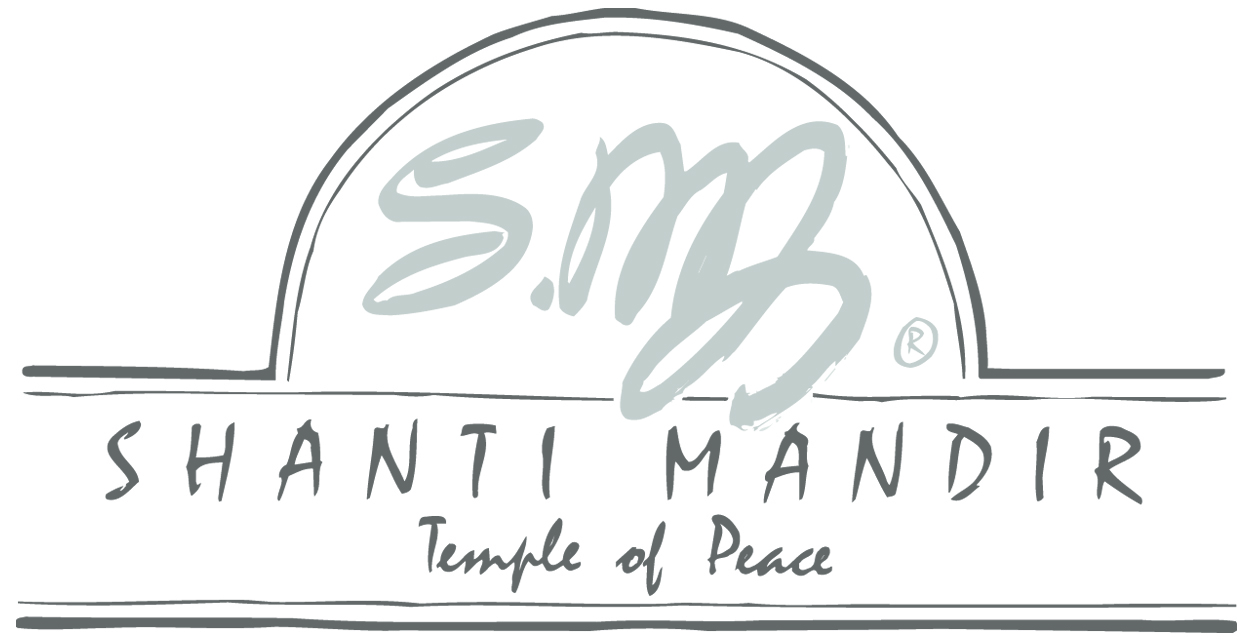Mahamadaleshwar Swami Nityananda shares a rich tradition of devotional chanting and music.
Accompanied by harmonium, cymbals and drum, Shanti Mandir chants include kirtan (call-and-response devotional chant), gita (song), Sanskrit text (ancient scriptures) and mantra (sacred sound syllables) as an uplifting part of spiritual practice.
“Since time immemorial people have evoked the presence of the divine through chanting, allowing the power of the mantras, the sound-vibrations of god, to still their mind and open their hearts, flooding their soul with the elixir of the that incomparable bliss.”
We hope to help budding drummers become confident and proficient playing the various chants using either Tabla or Pakhawaj, instructions for both are included.
Tabla
Pakhawaj
With thanks to:
Mahamandaleshwar Swami Nityananda
Nikhil Bhavsar - tabla Guru
Deepak Tiwari - Pakhawaj teacher and video demonstrations
Sandeep Bijalwan - Tabla video demonstrations
Subhash Garkoti - Harmonium and vocals
Some background:
Indian classical drumming is a highly specific and sophisticated part of the Indian classical music system with a virtuosic approach to practicing skills that takes students a lifetime to perfect. It teaches numerous rhythms, which can seem overwhelming to beginners. On top of that, there are many different playing styles depending on the teacher and the region ( Delhi style, Benares style, Lucknow style, Farukhabad style, just to name a few).
The drumming tutorials shared here are under the guidance of music guru Nikhil Bhavsar at Shanti Mandir in Magod who teaches in the Ajarada style.
Nothing can replace the teacher, the guru, whether it comes to spiritual guidance or in this case musical guidance so personal lessons with a tabla or pakhawaj teacher would be ideal, using these tutorials to complement what you have learnt from your teacher.



